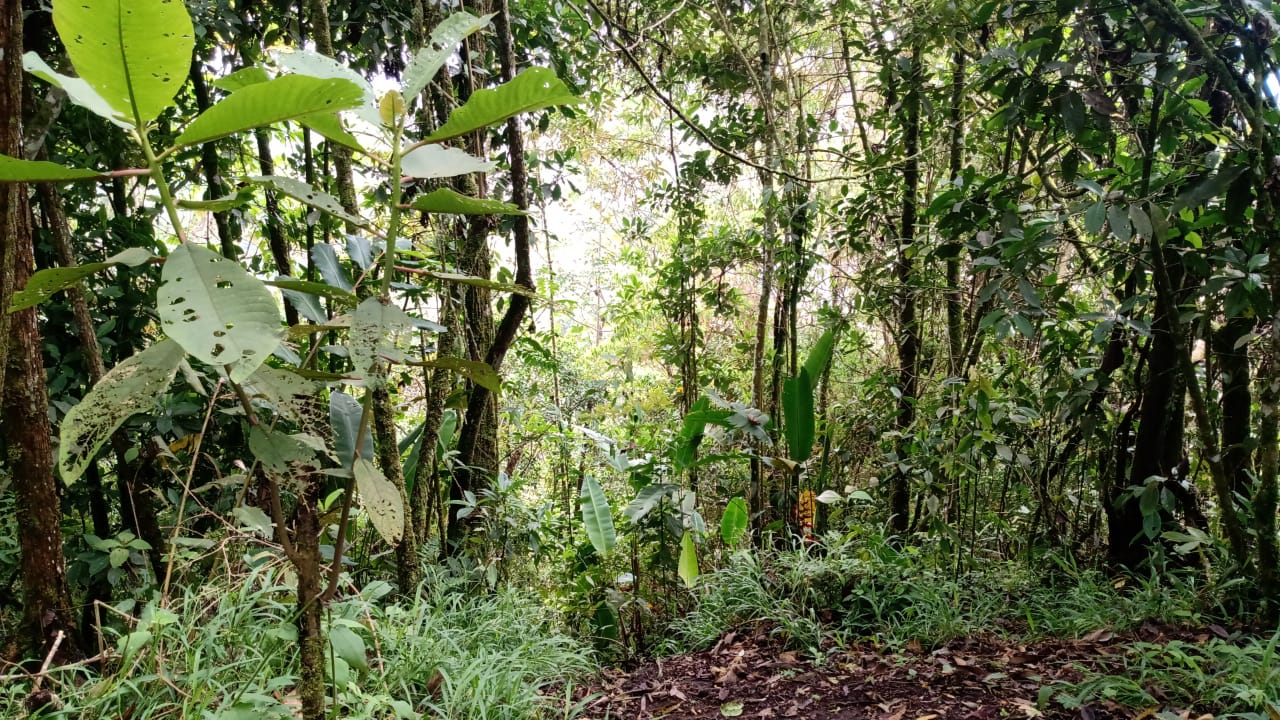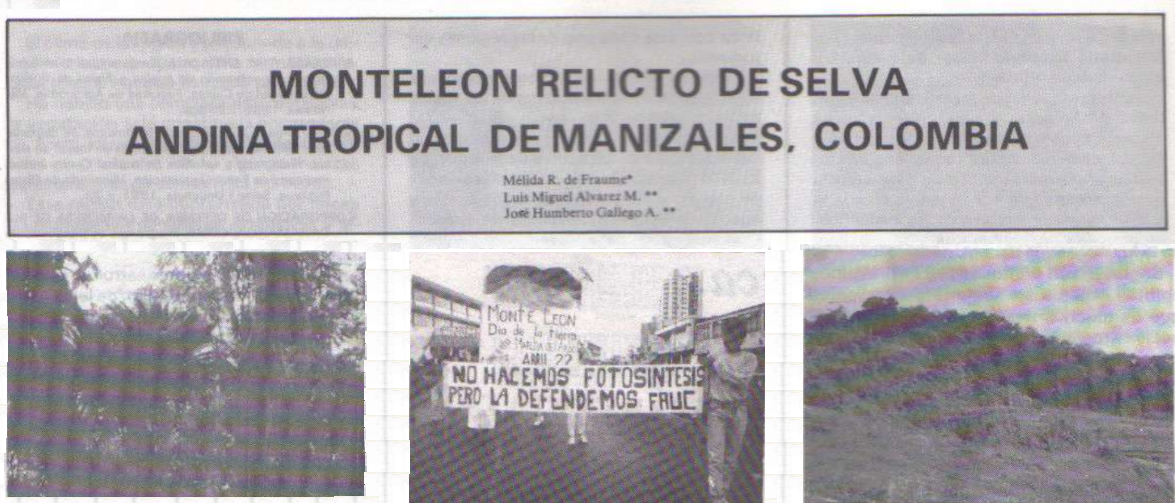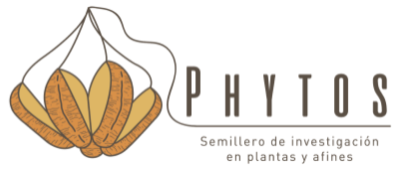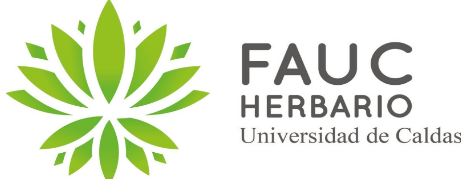


Monteleon forest is the only ecosystem of the Andean Forest that Manizales has in its urban area, and since 1970 it has been exposed to an evident fragmentation of the landscape and loss of habitat due to urban expansion, lack of public intervention, pollution, the exploitation of resources and the ignorance of its biological richness. It is intended to determine the richness, diversity, composition and structure of the vascular flora of Monteleon forest through a field phase where will carry out the collection of vascular plants, a herbarium phase where taxonomic identification will be carried out and a data analysis phase where diversity will be evaluated. Monteleon is a forest with historical importance for the city of Manizales and with representative characteristics of the biodiversity of the tropics, therefore, this project intends to present a floristic inventory and provide relevant information that evidences the state of this relict and finally motivates future conservation actions in the area.
Determine richness, diversity, composition and structure of the vascular flora of Monteleon forest as a basis for its conservation.

Monteleon forest is above a mountain and it owns its name from its similarity with a lied down lion [Monte-leon = Mountain-lion]. It is catalogued as a Tropical wet forest with a Tropical andean forest ecosystem. During a long time Monteleon was considered as an icon of Manizales city (Colombia). In the late 1980s Mélida Restrepo de Fraume, Luis Miguel Álvarez and José Humberto Gallego did one of the first floristic inventories of the region in Monteleon forest, finding 390 species in 9.5 hectares. Since then, the forest has had a high anthropogenic pressure due to deforestation, cattle raising, inadequate organic and inorganic waste management, ornamental plant removement from its natural habitat, domestication of forest animals and a strong urban expansion, fragmenting and destroying the tropical habitat. For that reason, we are analysing the structure, composition and diversity of the forest to obtain key indicators for its conservation.



Copyright © 2021-2024 Design by David Gutiérrez-Duque | Source Code and Bug Reports